Sadc spends billions on disasters
- By Zimpapers Syndication |
- 25 Feb, 2025 |
- 0
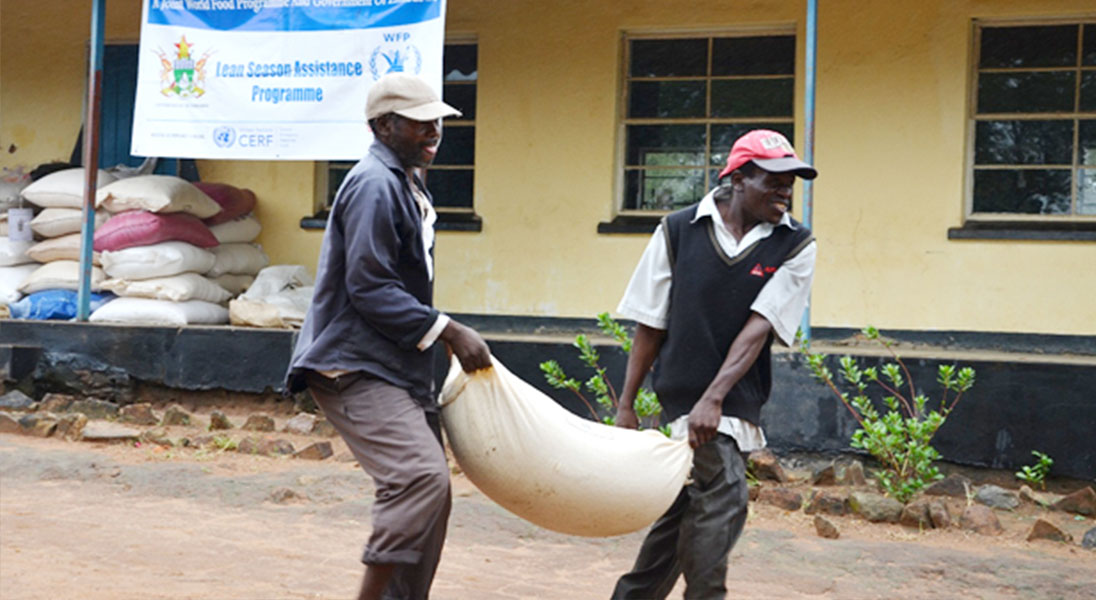
Sifelani Tsiko
Weather - and climate - related disasters have caused economic losses running into billions of dollars and deaths of more than 5 500 people between 2005 and 2016 in the entire Sadc region exposing the region’s weak disaster risk preparedness systems, a senior climate expert revealed.
Blessing Siwela of the Sadc Climate Service Centre disaster risk reduction unit told the Zimpapers Syndication Services on the sidelines of the 20th Southern Africa Regional Climate Outlook Forum on Wednesday this week that funding committed, contributed or pledged for humanitarian events and disasters between 2005 and 2016 amounted to nearly US$13 billion.
“Between 2005 and 2015, UN OCHA estimated that the region spent US$10,2 billion attending to natural disasters. This is the money that was committed in the last 10 years to deal with disasters,” he said.
“The biggest chunk went to drought and floods. This amount was primarily spent on providing food to affected people across the region. And when you add the Sadc appeal launched in July this year of US$2,8 billion, this gives us an estimate close to US$13 billion.”
Siwela and other climate experts expressed concern that while the losses were staggering, Sadc countries have not learned much from past disasters given their slowness to take action whenever weather forecasts are made.
“We need to invest in climate change services and enhance our application of weather –related forecast,” said Bradwell Garanganga, coordinator of the Sadc Climate Services Centre.
“Investment in climate services benefits the economy 15 times more. We need good application of the climate service forecast and develop more user-friendly and tailor-made information packages that could help our people to understand the importance of climate forecasting.”
SADC climate experts are meeting here in the capital to carve out a comprehensive regional weather forecast for the 2016 – 2017 cropping season which is likely to shift from the dreaded warmer – than -average weather pattern -El Niño – which caused a devastating drought in the entire sub –region to La Nina characterised by better rainfall and climate conditions.
SARCOF 20 is being held under the theme: “Improving Preparedness and Management of Climate –Related Disasters in Southern Africa.”
Climate experts were drawn from all the 15 Sadc member states.
Said Dennis Guiamba of the National Institute of Disaster Management in Mozambique: “Information is key in terms of the way we respond to disasters as a region.
“Our response strategies are still weak because of lack of funds to support contingency plans at district level, lack of equipment and capacity building. In Mozambique, and I guess in all other Sadc countries, we need to create a common fund for disaster risk reduction.”
According to the United Nations Office for the Coordination of Humanitarian Affairs (OCHA, the SADC region experienced 545 disaster events which affected approximately 39 million people and resulted in 5,300 deaths between 2005 and 2010.
The highest number of disaster events occurred in 2006/2007 and 2011 periods.
Droughts and floods affected the highest number of people. The largest number of people were affected in Malawi, Zimbabwe and Tanzania respectively, with the most people affected during 2005 and 2007.
During this period, funding committed, contributed or pledged for humanitarian events and disasters amounted to USD$10,2 billion, with food aid receiving 41 percent (US$4.16 billion) of that allocation.
In the 2015 – 2016 period, an El Nino –induced drought ravaged the whole region leaving more than 18 million people in need of food assistance.
Humanitarian agencies last month appealed for US$2,7 billion in aid for the seven drought – hit countries in Southern Africa.
Zimbabwe, Malawi and Mozambique are among the hardest hit but the figure has since increased to US$2,8 billion after Botswana and Africa’s biggest economy – South Africa presented their appeals to Sadc.
Climate experts say the economic damage from climate-related disasters goes beyond losses of crops and farming equipment and includes the loss of facilities used for storage and processing, transportation.
Floods and drought, they say, cause a decline in both agriculture growth and overall Gross Domestic Product (GDP) growth of Sadc economies.
Siwela said livelihoods, food security, and nutrition were also strongly impacted upon in the 2015 – 2016 drought period.
“What we do know for certain is that these disasters have a direct impact on livelihoods, food security, and nutrition,” he said.
“Food prices have risen on average across the region. The pressures are still there and this why it is important for our countries to take weather forecasting seriously and plan ahead.”
Other experts say climate related disasters have also caused unemployment on farms, reduced the purchasing capacity of households, restricted access to food, depleted savings and forced smallholder farmers to sell vital productive assets such as cattle and other livestock.
In some worse situations, it has left households heavily indebted and their livelihoods eroded.
Said Samuel Nyambi, UNDP senior coordinator on El Nino and resilience: “The El Nino – induced drought has had a severe impact on the region. You have the statistics, quite depressing.
“The game has changed, circumstances have changed. The question is how do we address disaster risk reduction in an unusual way to deal with these disasters.
Circumstances have become more complex and the situation has become even more challenging.
“As we try to carpenter the next forecast, we need to build the actions for disaster risk preparedness, action for resilience and actions to get politicians to act.”
The Sadc region, he said, needed to put disaster risk reduction issues at the centre stage of its development thrust to help communities cope with humanitarian emergencies and shocks to economies and livelihoods.
“They are things we have done, they are things we haven’t done and they are things we need to do more,” Nyambi said. “And, disaster risk reduction is one of them. Building resilience is another important issue.”
Earlier this year, Sadc climate experts said the El Nino weather pattern which caused drought in Southern Africa and other parts of the world in the 2015-16 cropping season was now breaking into a neutral phase that could degenerate into its opposite phenomenon - La Nina creating a possibility of heavy rainfall and flooding in the 2016 – 2017 cropping season.
Experts say La Nina is the opposite condition of El Nino and whilst the latter causes high temperatures and dry spells, the former is characterised by heavy rainfall, floods and violent storms.
The shift to the La Niña event has buoyed hopes for some farmers who hope that the better rainfall and climate conditions in the months ahead could significantly boost the recently launched Command Agriculture Scheme which aims to produce more than two million tonnes of maize a year.
However, the region remains at risk of flooding.
And, natural disasters such as floods and drought have negative cascading effects that often lead to an increase in food insecurity and malnutrition, particularly among the most vulnerable households.”
Expert also say there are also negative cascading effects along the value chain that can lead to additional costs for governments, including increased imports of food and agricultural commodities, reduced exports and revenues, and a reduction in manufacturing and industrial output in sectors that depend on agriculture and raw materials, such as food processing and textile industries.
Between 2003 and 2013, about $121 billion was spent on humanitarian assistance for all types of disasters and crises, with just 3,4 percent going to the agriculture sector, averaging about $374 million annually.
Additionally, in certain parts of the world, notably Africa, climate experts say governments are not investing enough in agriculture in general. -Zimpapers Syndication Services
No Comments



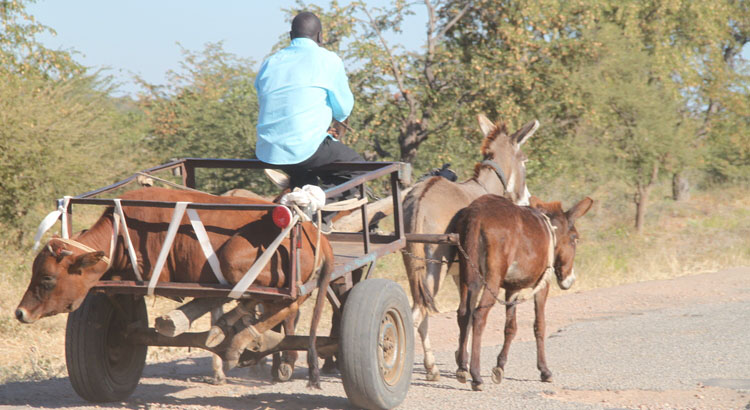


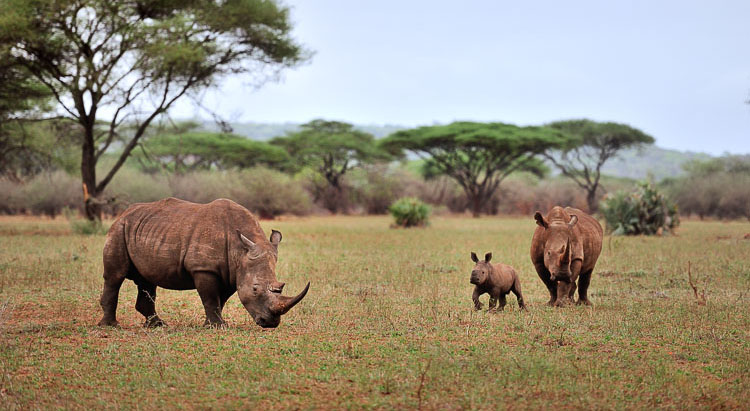


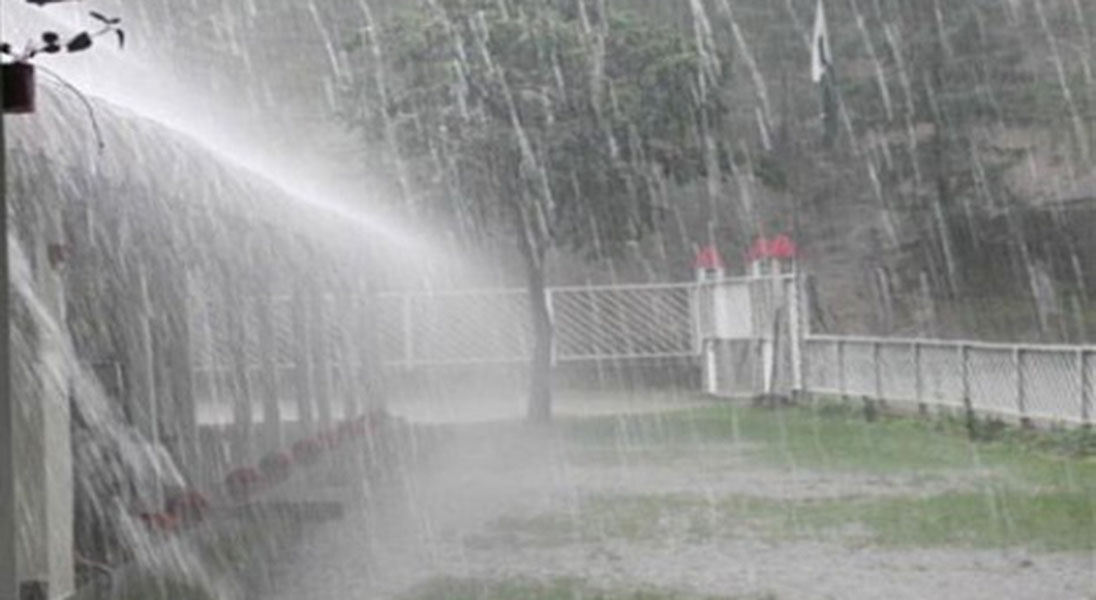


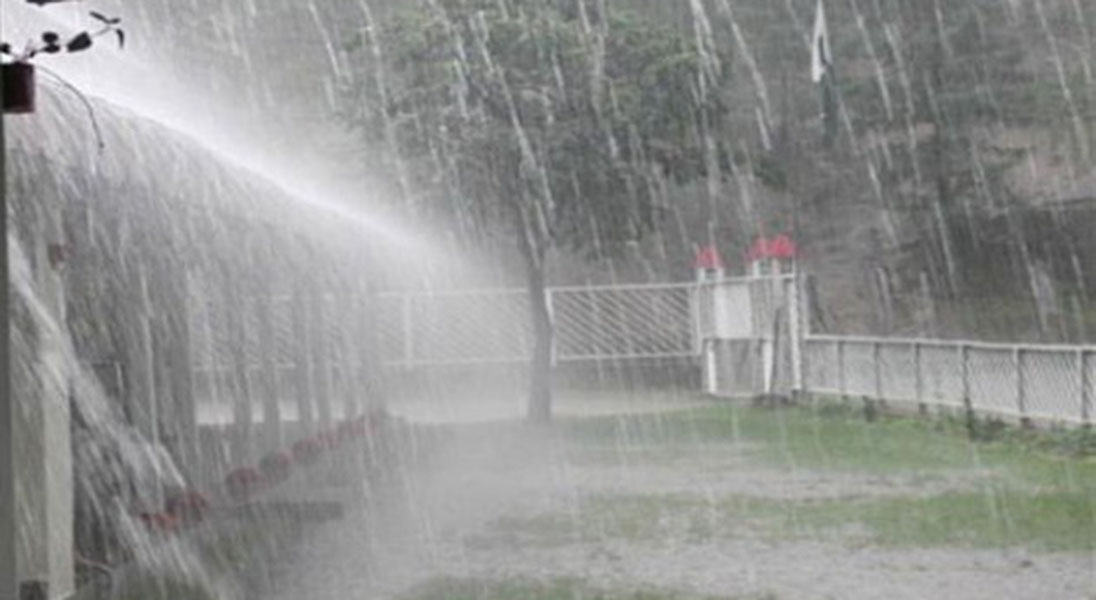
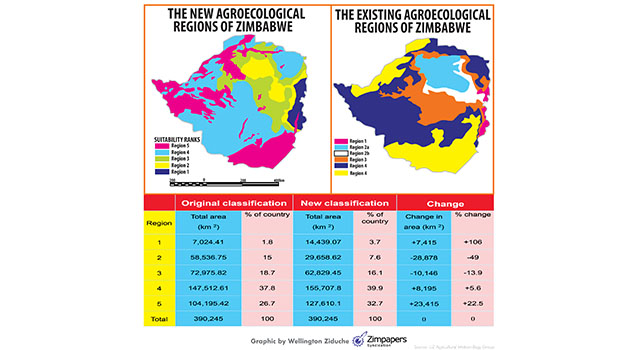
Comment